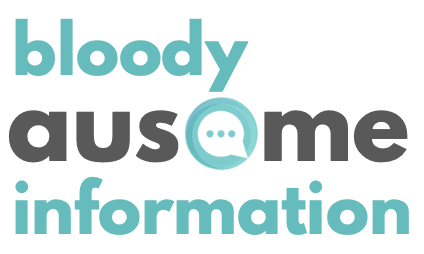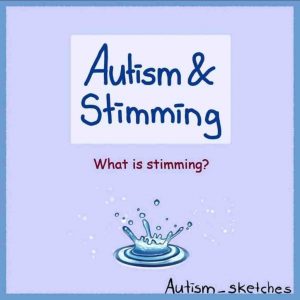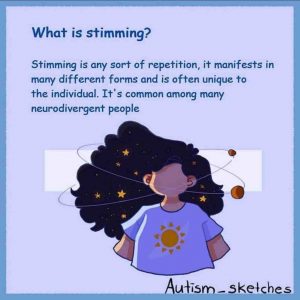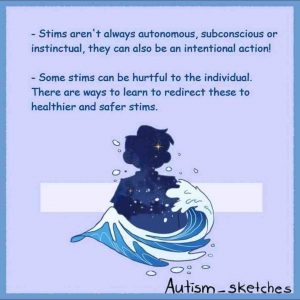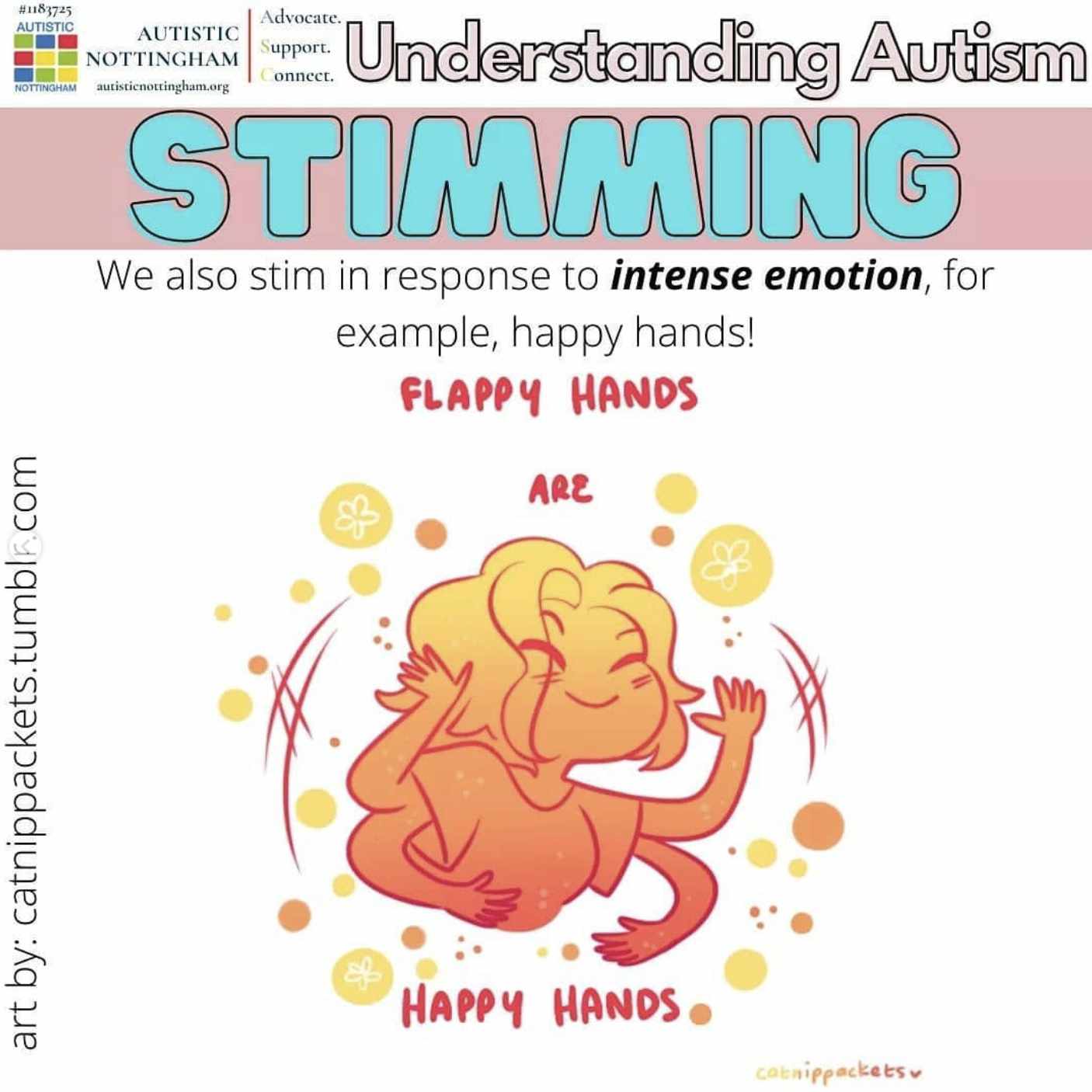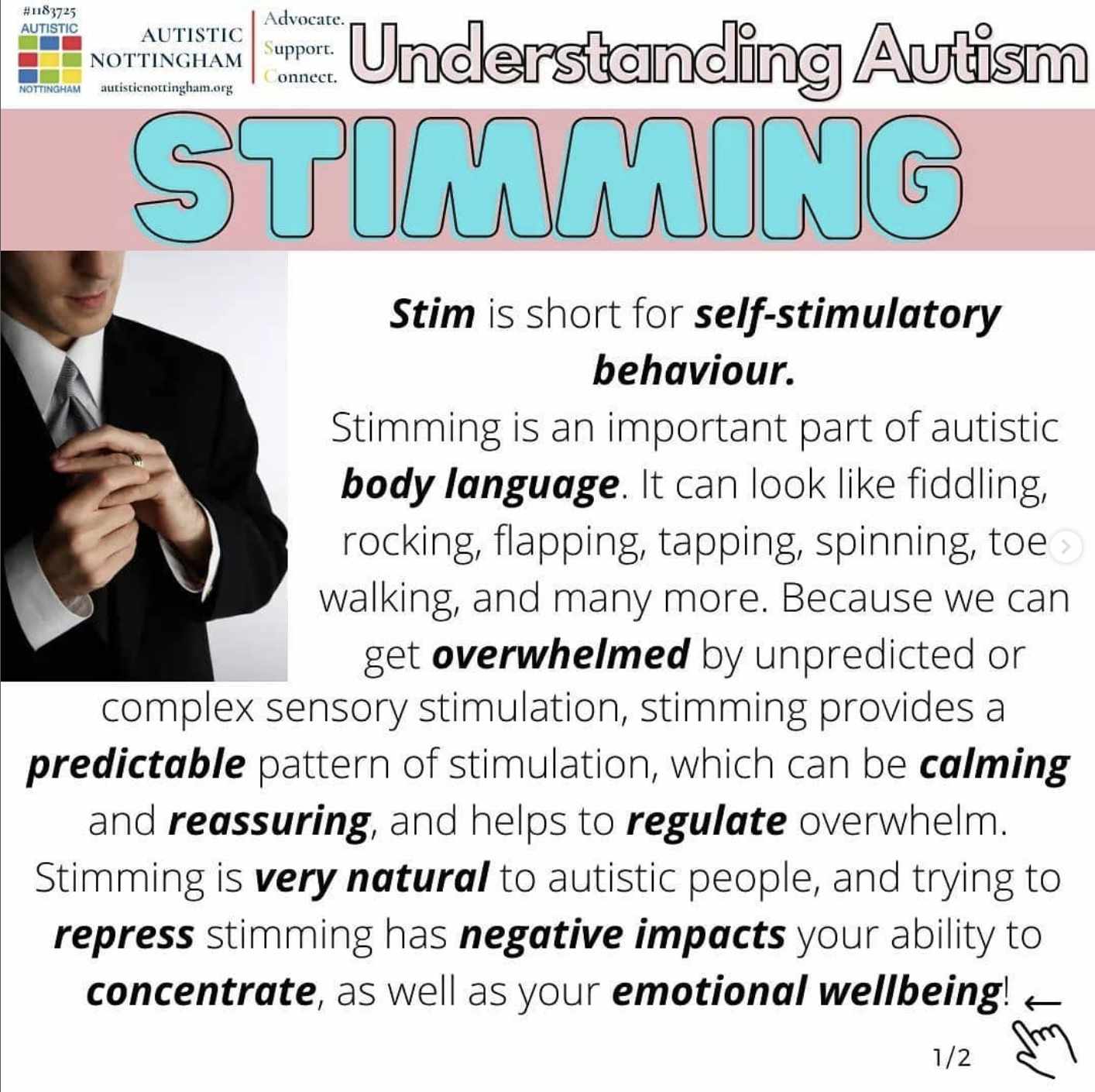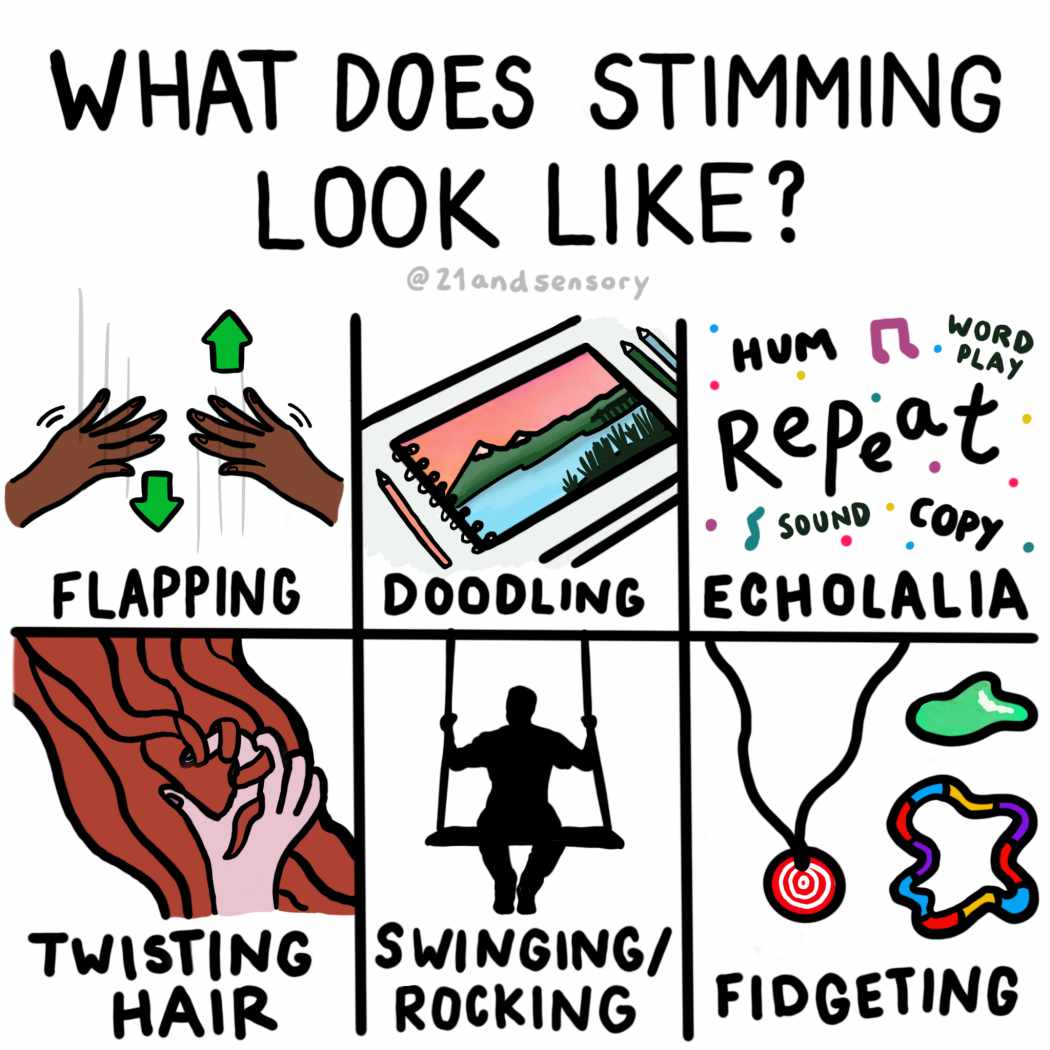Sections
What is Stimming?
Stimming or self-soothing/self-stimulating behaviours refer to certain movements or noises that Autistic people may do to keep themselves calm. An example of stimming is playing with fidget toys, twirling hair, swinging legs under a desk or table or stretch our shoulders when feeling pressured or stressed.
We all stim, but sometimes Autistic stims are more obvious, might be practised more often or done in settings that might seem inappropriate like clicking their knuckles during a 'minutes silence'.
See more infographics on Stimming, here.
Types of Stimming
There are five types of Stimming
- Vocal sounds - such as humming, grunting, or high-pitched shrieking
- Tapping on objects or ears, covering and uncovering ears and finger-snapping
- Repetitive speech, such as repeating song lyrics, book sentences or movie lines (also known as Echolalia).
- Skin-rubbing or scratching, with hands or objects
- Hand movements, such as opening and closing one’s fists or finger-tapping
- Staring or gazing at objects, such as ceiling fans or lights
- Repetitive blinking or turning lights on and off
- Moving fingers in front of the eyes
- Hand-flapping
- Eye-tracking or peering from the corners of the eyes
- Object placement such as lining up objects
- Rocking front to back or side to side
- Spinning
- Jumping
- Pacing
- Sniffing or smelling people or objects
- Licking
- Tasting objects by placing them in the mouth
See more infographics on Stimming, here.

